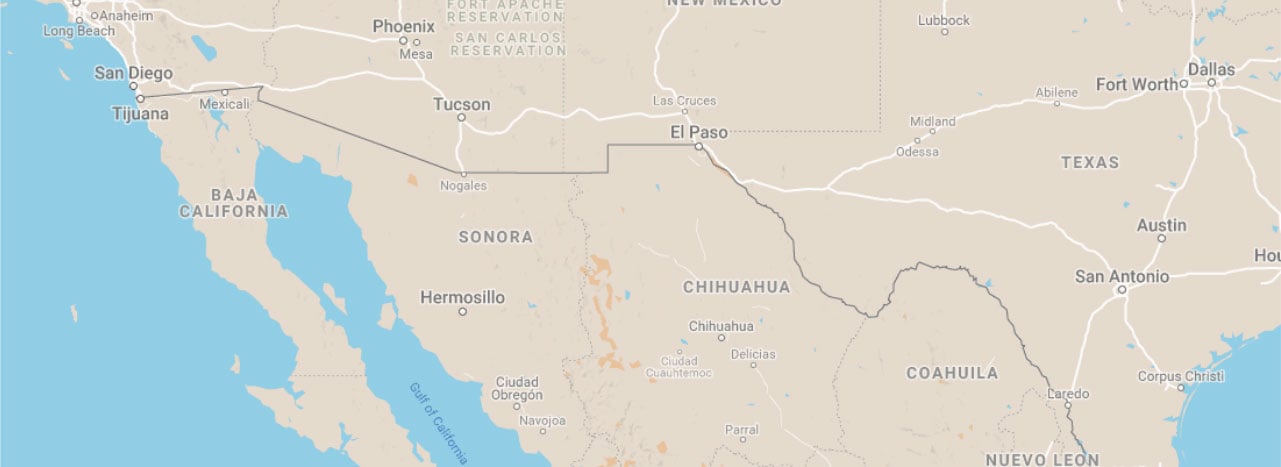Ensenada, Baja California, Mexico
Ensenada, Baja California, MexicoDesalination Plant in Ensenada, Baja California
Project Status: Completed

General Information
Sector
Water
Sponsor
Comisión Estatal del Agua de Baja California
Benefited population
96000
Certification date
December 6, 2012
Financing
Project cost
US 75.5 million
NADBank Funds
US 31.6 million - NADBank Loan
Related documents
Background
Water and wastewater services are provided by the local utility, Comisión Estatal de Servicios Públicos de Ensenada (CESPE). In 2015, water coverage in Ensenada was estimated at 99% and wastewater collection at 93%. Currently, CESPE serves approximately 300,000
residents in the urban area. By 2030, it is estimated that roughly 100,000 new residents will demand water service in Ensenada, which does not take into account commercial and industrial needs.
Ensenada obtains most of its water supply from four aquifers: Guadalupe, La Mision, Maneadero and Ensenada. Because of growing demand, the volume extracted has exceeded permit limits, severely depleting the aquifers. Water quality has been compromised by seawater intrusion and overexploitation.
Several studies conducted by CEA and the Mexican federal water agency, CONAGUA, indicated that, given the region’s dry climate and the rapid depletion of groundwater in the area, a desalination plant using seawater was the best solution, from both a technical and economic standpoint. In August 2011, CEA awarded the BOT contract for the construction and operation of the plant.
Description
The project consists of designing, constructing and operating a desalination facility with the capacity to produce 250 lps (5.7 mgd) of drinking water. Major components include:
- A direct seawater intake;
Pretreatment facilities, pump station and water lines; - A reverse osmosis seawater treatment plant;
- Post-treatment facilities;
- A conveyance system for discharging concentrate into the ocean;
- Storage tank, pump station and water lines to connect to
Ensenada’s drinking water distribution system; and ancillary civil works (buildings, roads, etc.).
Prior to entering the drinking water distribution system, the desalinated water will be treated to meet drinking water quality standards.
Benefits
The project will ensure sustainable and reliable drinking water service through the development of an additional water supply source, contributing to the preservation of groundwater resources and human health.